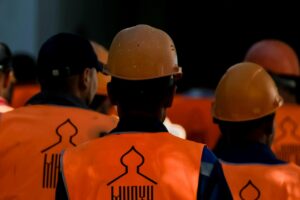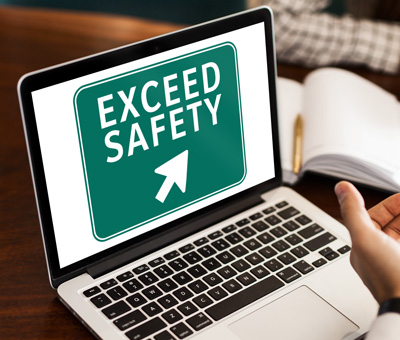When it comes to workplace safety, the traditional approach of many companies is to rely on what are known as “lagging indicators” or “reactive measures” to gauge their safety performance. These metrics, such as the Experience Modification Rating (EMR), OSHA 300 Logs, and the Total Incident Rate (TIR), focus on incidents that have already occurred. However, these methods have limitations. For instance, the EMR is based on a three-year average, excluding the current year, thus reflecting the safety performance from up to four years ago. Similarly, OSHA logs and TIR offer retrospective insights, making them outdated in terms of measuring current safety efforts.
A significant concern with rewarding employees based on these statistics is the potential for underreporting and concealing incidents. This practice undermines the opportunity to learn from and address hazards proactively, thereby preventing more severe accidents.
Rethinking Incentive Strategies: Proactive and Tailored Approaches
- Focusing on Proactive Measures: A more effective strategy is to measure safety using leading indicators or proactive measures. These indicators assess what employees and managers are doing to reduce risk. Examples include the effectiveness of hazard identification systems, hazard abatement procedures, and the quality of safety training. Notably, training has been identified as offering the best return on investment (ROI), as highlighted in Kevin Druley’s December 2018 article in the National Safety Council’s Safety and Health Magazine.
- Aligning Rewards with Actions: The rewards offered should correspond to the significance of the safety actions. For example, offering a $1000 gift card merely for wearing safety glasses is disproportionate. Conversely, a team that efficiently completes all annual training ahead of schedule, utilizing days affected by rain or delays, demonstrates commendable management and might justifiably merit a significant incentive.
- Avoiding ‘Luck-Based’ Incentives: Caution should be exercised with incentives based on avoiding accidents, such as the “lottery” approach. An instance to consider is a company that offered a boat as a reward if no injuries occurred. This method, based on a lagging indicator, can lead to a culture where safety is mocked, especially if the winners are those who often bypass safety protocols and underreport incidents.
- Personalizing Rewards: It’s crucial to recognize that one type of reward does not suit all employees. As Gary Chapman explains in his book “The 5 Languages of Appreciation in the Workplace,” there are various ways people prefer to be recognized. Understanding these preferences can be instrumental in effectively rewarding workers for their positive contributions to the safety culture and program.
In conclusion, for a safety incentive program to be successful, it should encourage proactive safety measures, align rewards with meaningful actions, avoid relying on luck, and cater to the diverse preferences of employees. Only then can it truly contribute to a safer and more productive workplace.
Continuous Improvement and Immersive Training in Action
Construction is a dangerous business. Risks are constant, standards shift, and complacency can be deadly. For Jennifer Lastra, a U.S. Navy veteran and current CEO of 360 Immersive, corporate-style training falls far short. True safety begins with continuous improvement, supported by real engagement on the job. Training Should Go Beyond a Click-Through Box “Corporate training…
Continue Reading Continuous Improvement and Immersive Training in Action
Breaking the Cycle of Revolving Door Safety Teams
You’re in the middle of your busiest season, desperately trying to keep up with deadlines, and out of the blue, your only safety person submits their notice. Now you’re left without safety personnel, putting your workforce at risk, and potentially falling out of compliance or breaching contractual obligations. What’s your next move? Do you appoint…
Continue Reading Breaking the Cycle of Revolving Door Safety Teams
Why Does Your Company Need a Safety Team?
The construction industry is undeniably a risky one. Even for simple construction jobs, the risks posed to employees are numerous and continuously evolving. Though some companies may be hesitant to invest in a dedicated safety team, having one provides numerous benefits pertaining to employee health, hazard reduction and company culture enrichment. So let us ask…












